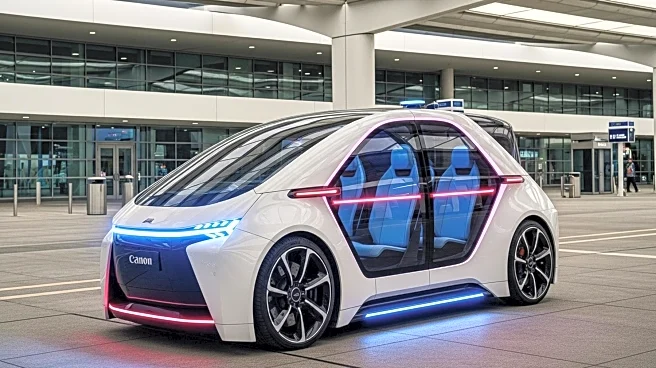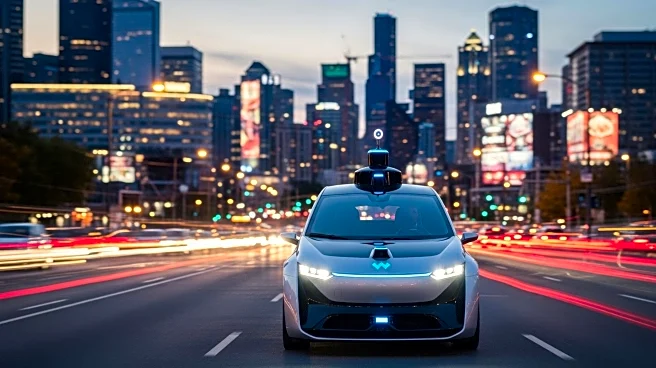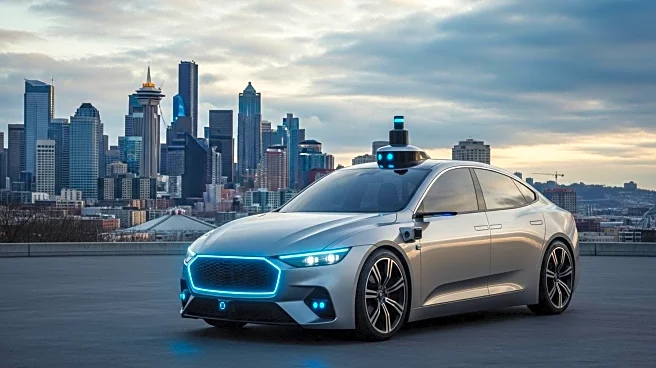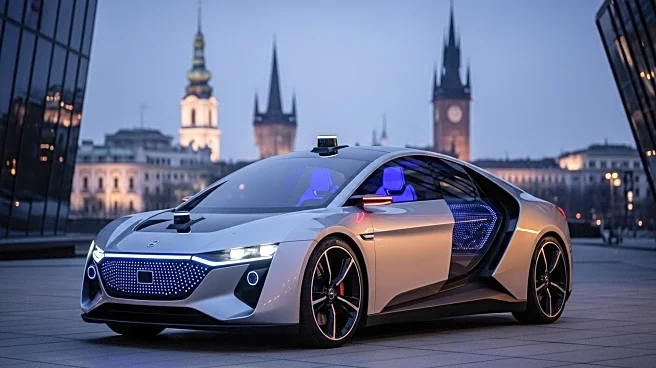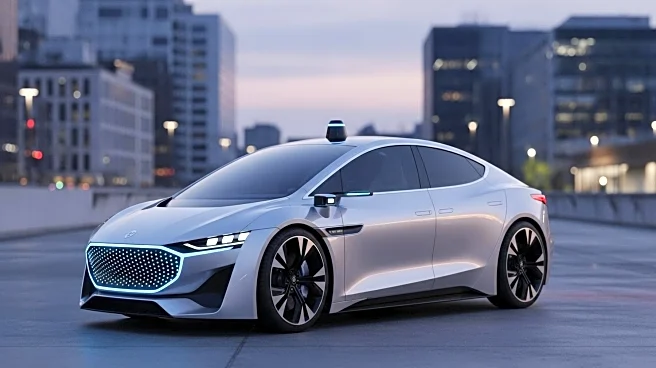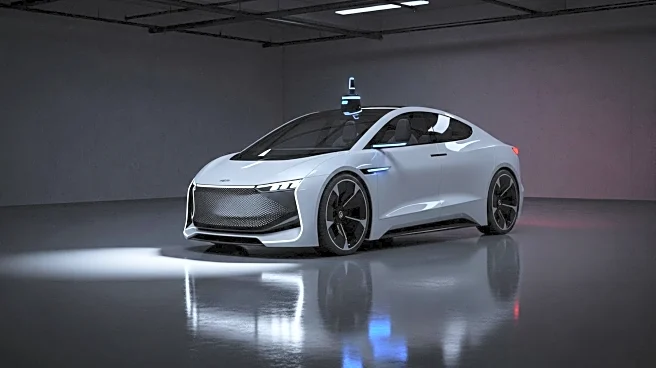What's Happening?
San Jose Mineta International Airport has authorized Waymo to begin its autonomous ride-hailing service, marking the second airport globally to offer such a service. Waymo, a subsidiary of Alphabet, will initially conduct fully-autonomous testing with employees before launching commercially later this year. Passengers will be able to hail a Waymo vehicle via the app upon landing, with pick-up available at designated ground transportation centers. This service expansion follows Waymo's successful operations at Phoenix International Airport, where it offers 24/7 service.
Why It's Important?
The introduction of Waymo's autonomous vehicles at San Jose Mineta Airport signifies a major step in the integration of autonomous technology into public transportation systems. This development could enhance travel convenience and safety for passengers, while also setting a precedent for other airports to follow. The move aligns with broader trends towards smart city solutions and could stimulate economic growth by attracting tech-savvy travelers and businesses to the area. It also highlights the growing acceptance and potential of autonomous vehicles in everyday transportation.
What's Next?
Waymo plans to expand its service area within the San Francisco Bay Area, potentially increasing its market presence and customer base. The commercial launch later this year will be closely watched by industry stakeholders and could influence future regulatory decisions regarding autonomous vehicle operations at airports. The success of this initiative may encourage other cities and airports to adopt similar technologies, fostering innovation in urban mobility solutions.
Beyond the Headlines
The deployment of autonomous vehicles at airports raises questions about the future of traditional taxi and ride-sharing services. As technology advances, there may be shifts in employment patterns and regulatory frameworks. Ethical considerations regarding passenger safety and data privacy are also critical as autonomous systems become more prevalent in public spaces.
